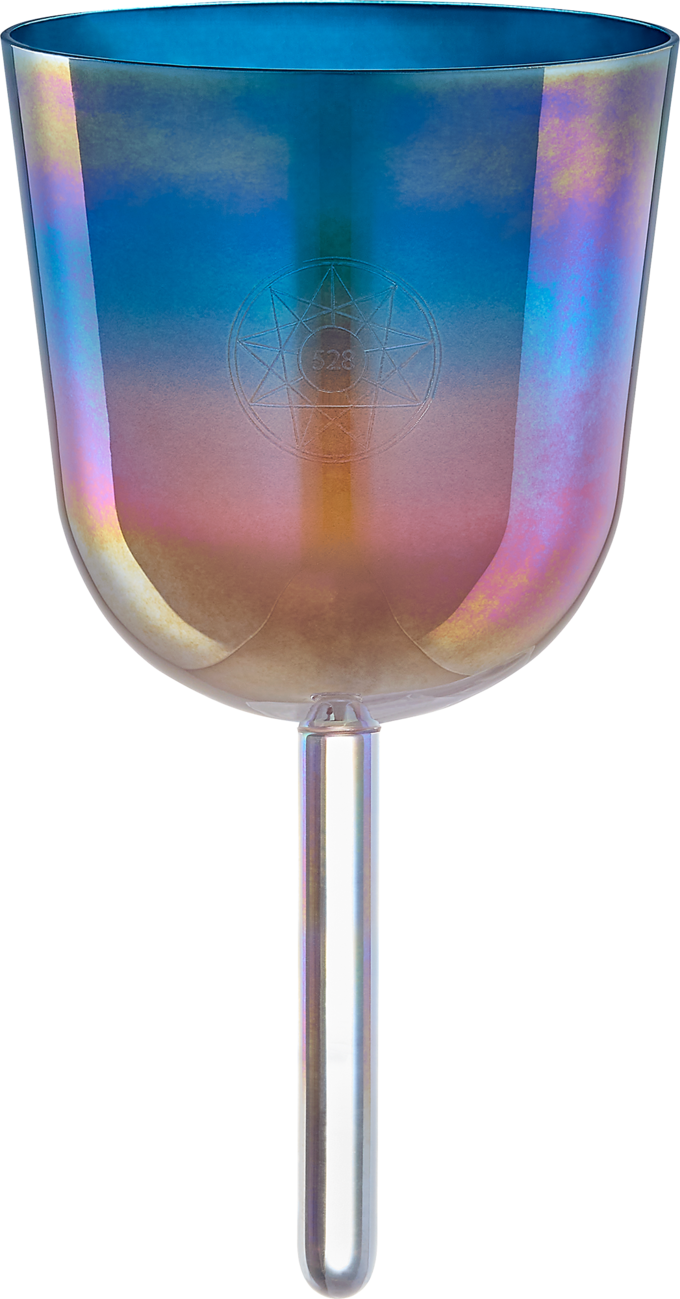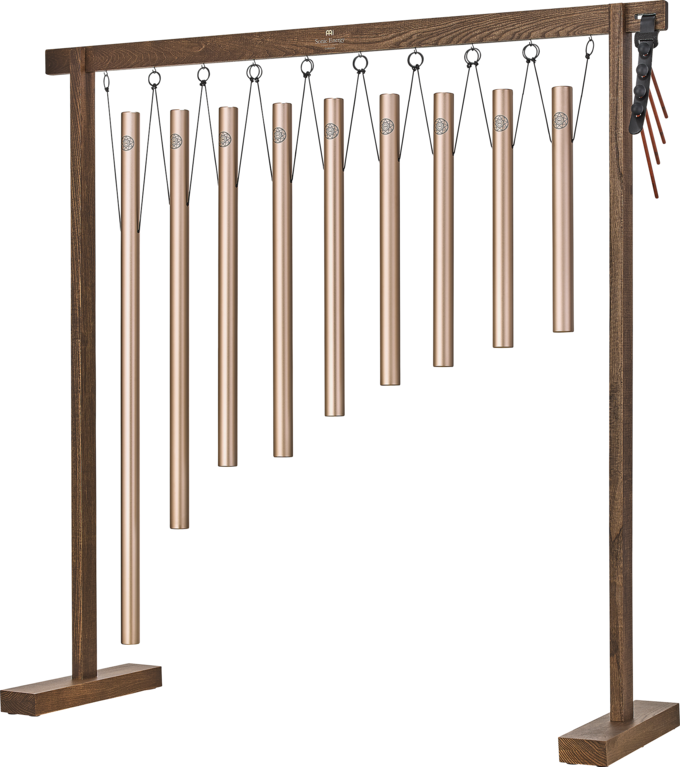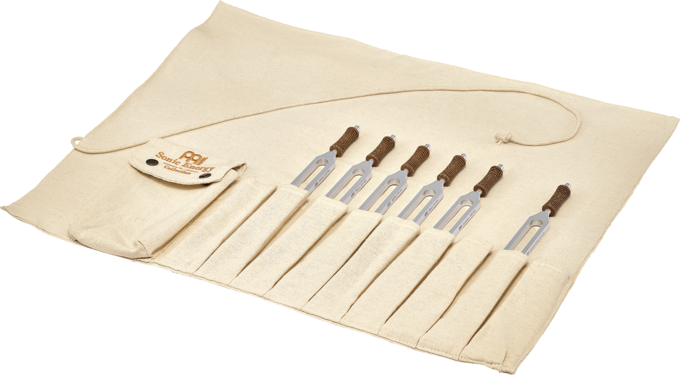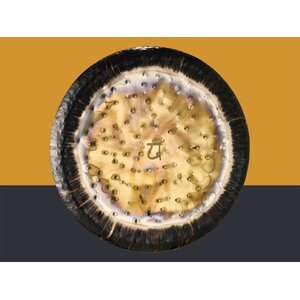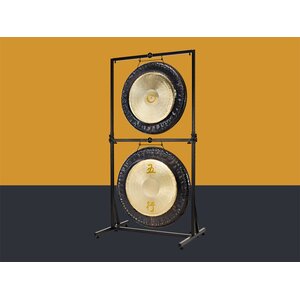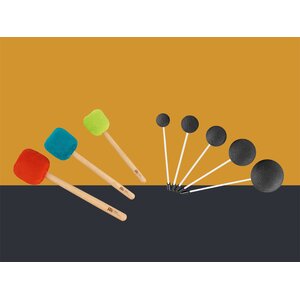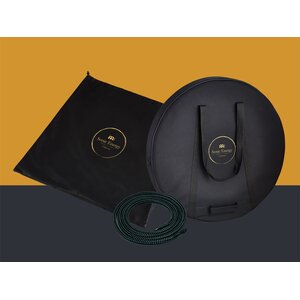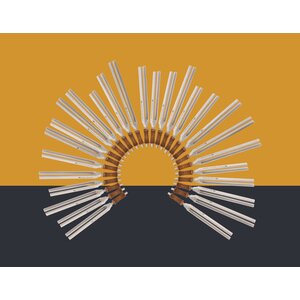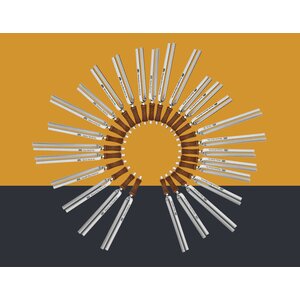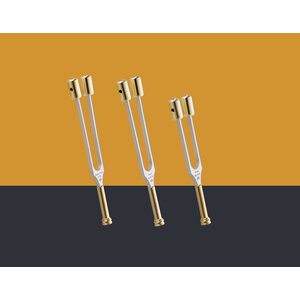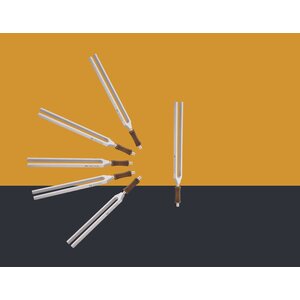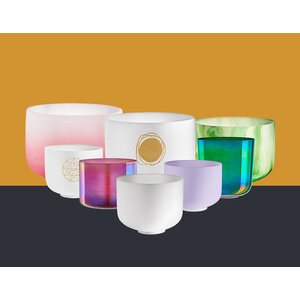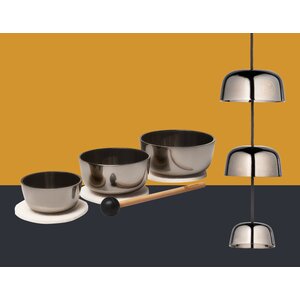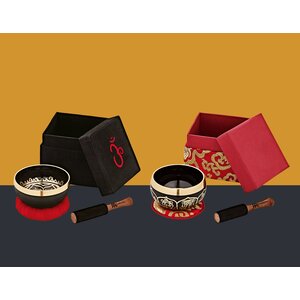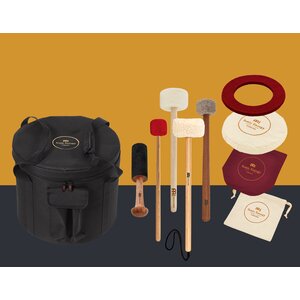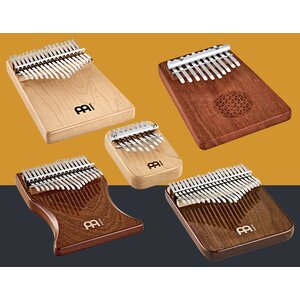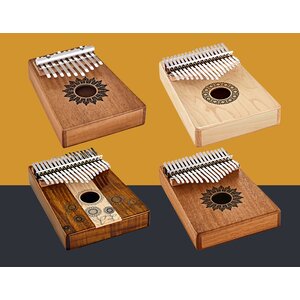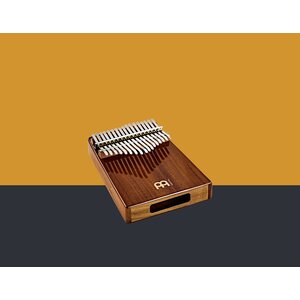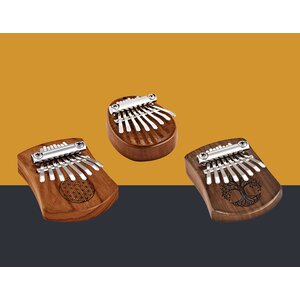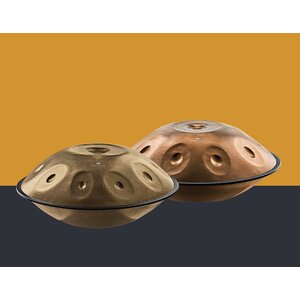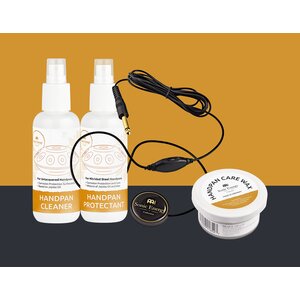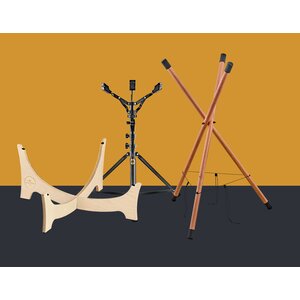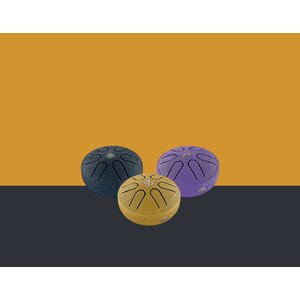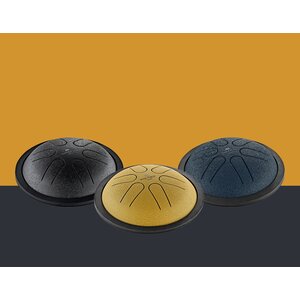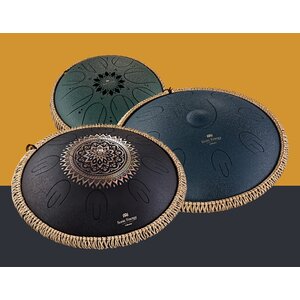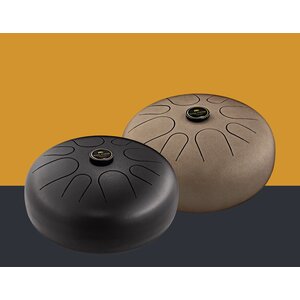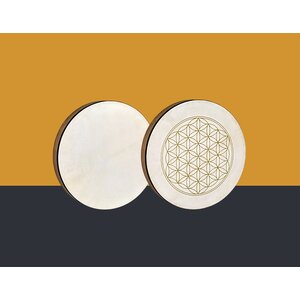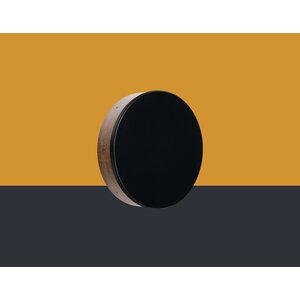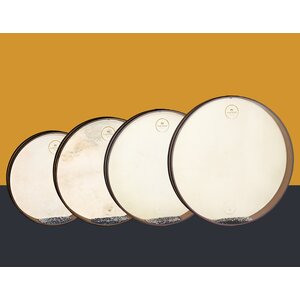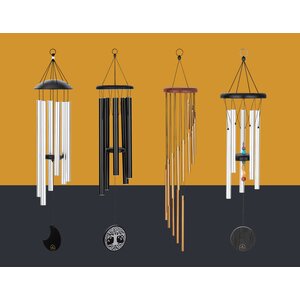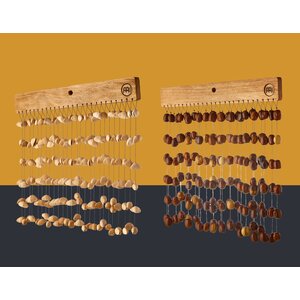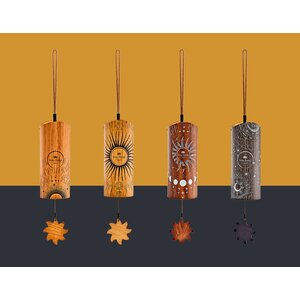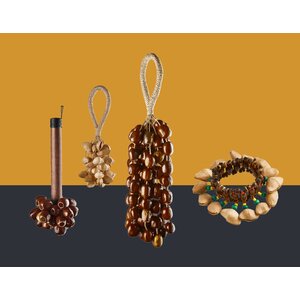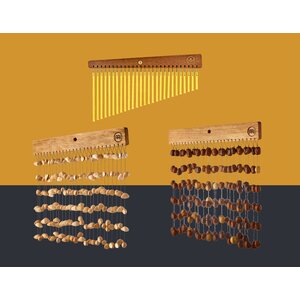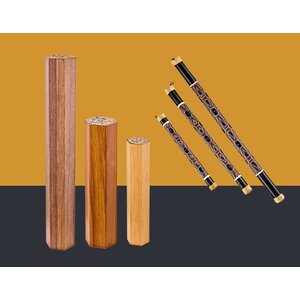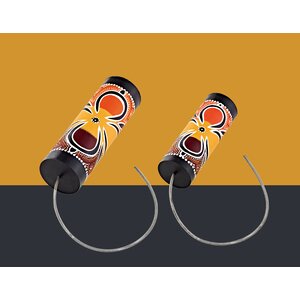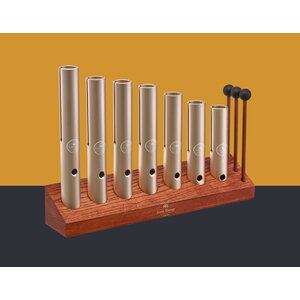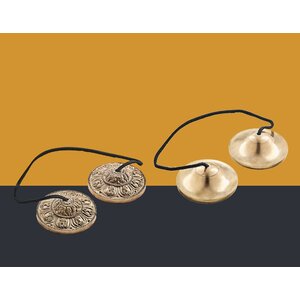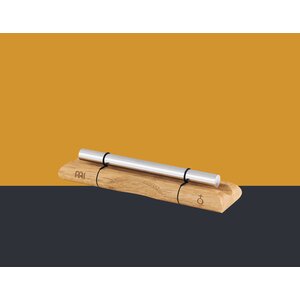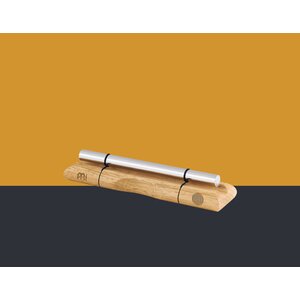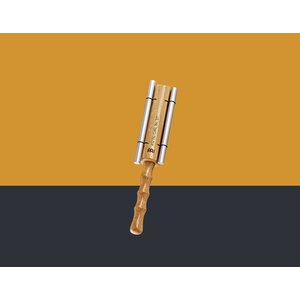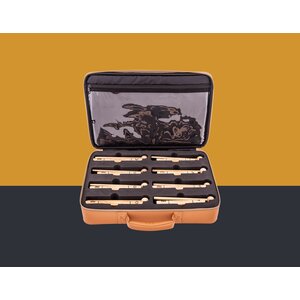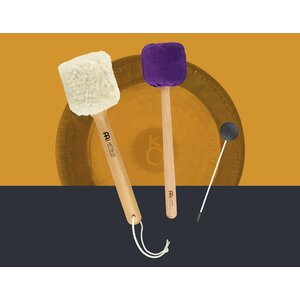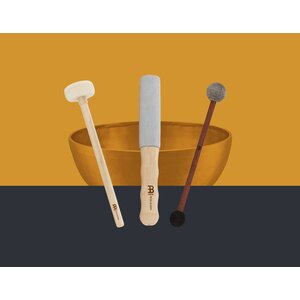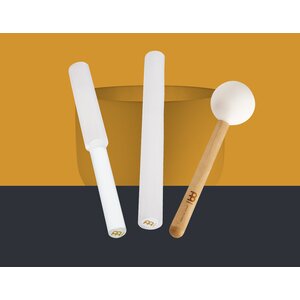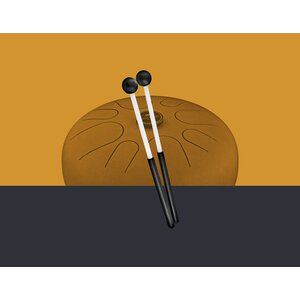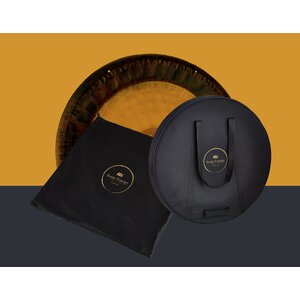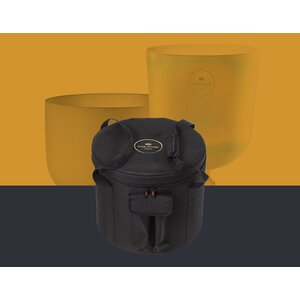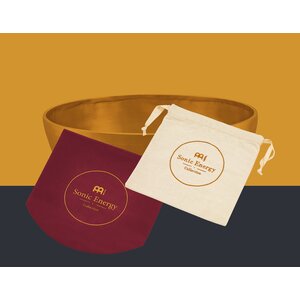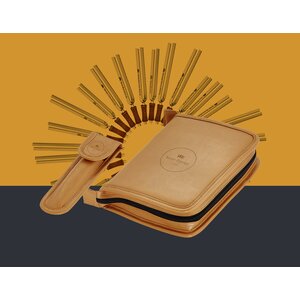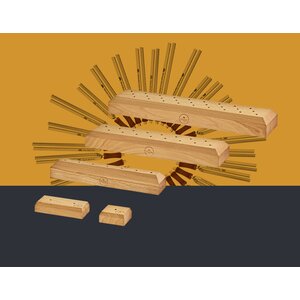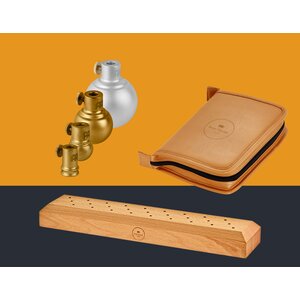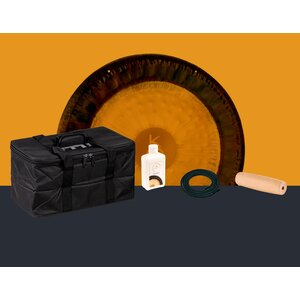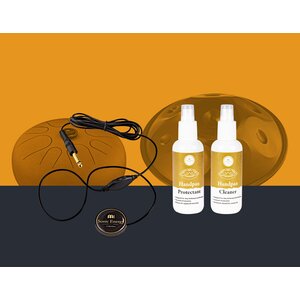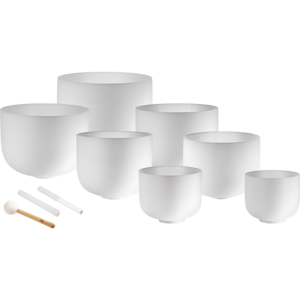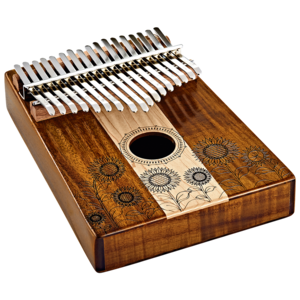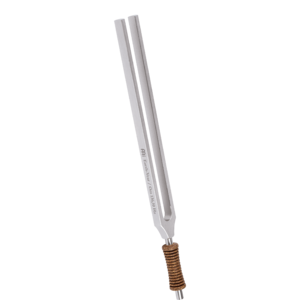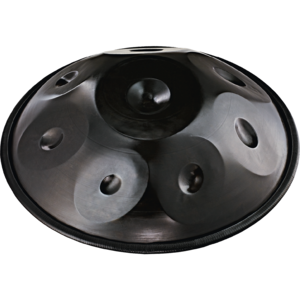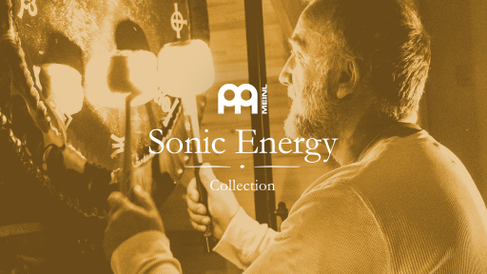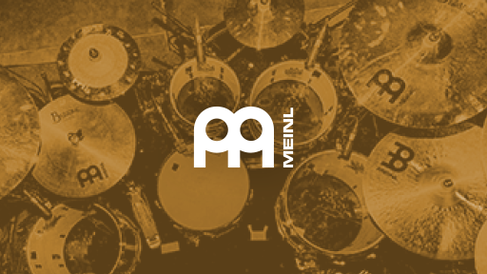Solfeggio frequencies
What are frequencies?
The frequency, a physical parameter, tells us how many oscillations or other repeating processes occur every second. The frequency unit sign is 1 Hz (Hertz). For example, 432 Hz music vibrates at a rate of 432 hertz per second.
What Is Solfeggio about?
"Solfeggio" is a term from music theory. It refers to the teaching of tones and notes through ear training and with the help of vocal exercises. Even today, Solfeggio is still used in music lessons and in sound therapy.
The Solfeggio frequencies have a repeating pattern of six codes, according to sound therapists. On the basis of these six codes the frequencies can be reduced to the cross sums 3, 6 and 9.
Nikola Tesla is supposed to have regarded these three numbers as code numbers of the divine, the creative power and the energy fields of the physical fields. To each of these frequencies a syllable is assigned. These are taken from the first stanza of the hymn to John the Baptist.

The origin of Solfeggio
According to Professor Willi Apel, the origin of the ancient Solfeggio scale can be traced back to a medieval hymn to John the Baptist.
The hymn's first six lines of music each began on the first six consecutive notes of the scale, and thus the first syllable of each line was sung one note higher than the first syllable of the previous line.
Since the music had a mathematical resonance, the original frequencies were apparently capable of inspiring humanity and being "closer to God."
Physician and researcher Dr. Joseph Puleo rediscovered the Solfeggio frequencies in the 1970s and brought their benefits to public awareness. In his research, he used mathematical number reduction to identify six measurable tones that would rebalance the body.
Solfeggio frequencies were believed to have profound effects on the conscious and subconscious mind to stimulate healing and promote vitality.
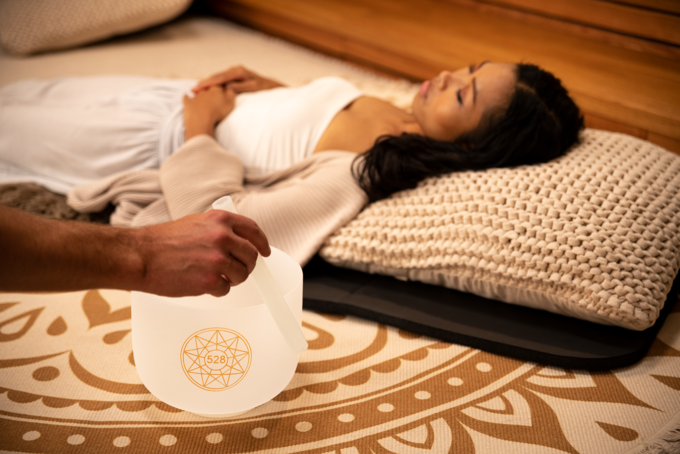
Associated Effects
In sound therapy, listening to these frequencies is associated with healing effects on body and soul and being able to put the body into a balanced movement.
In which way the Solfeggio frequencies achieve exactly those effects shown in the Solfeggio frequencies table, is not yet scientifically proven to our knowledge.
Nevertheless, there are some scientific studies that deal with the general effect of the Solfeggio frequencies.
American neuroscientist and pharmacologist Candace Bebe Pert discovered that more than 70 different receptors provide vibrations on molecules caused by specific frequencies. The vibrations cause the molecules to move and tickle each other.
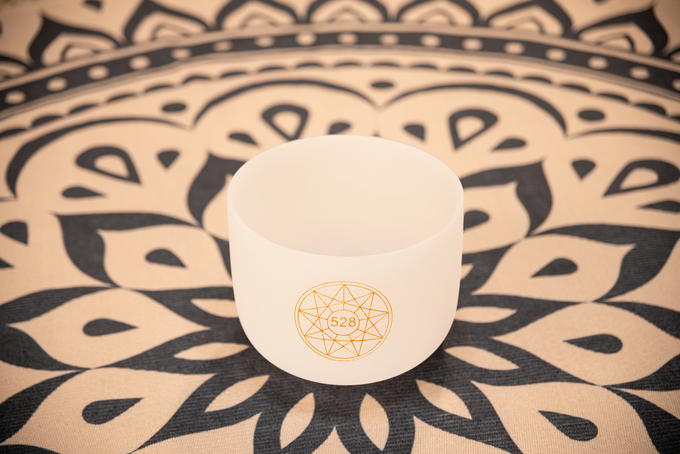
Studies about 528 Hz
A study conducted by the Graduate School of Medicine at Juntendo University in Tokyo, Japan, investigated the stress-reducing effect of 528 Hz music on the endocrine and autonomic nervous systems.
These results suggest that the influence of music on the autonomic nervous and endocrine systems varies depending on the frequency of the music.
In addition, music at 528 Hz was found to have a particularly strong stress-reducing effect, even after a few minutes of listening.

Original 6 Solfeggio main frequencies
- 396 Hz UT queant laxis = liberation from guilt and fear
- 417 Hz REsonare fibris = undoing situations and simplifying change
- 528 Hz MIra gestorum = transformation and miracles
- 639 Hz FAmuli tuorum = harmonizing relationships and inner balance
- 741 Hz SOLve polluti = living healthier and driving changes in lifestyle
- 852 Hz LAbii reatum = return to the mental and spiritual order
Extension by 3 further Solfeggio frequencies
Our solfeggio assortment
Here you can find all our instruments which feature the solfeggio frequencies.
- Sources
https://www.bach-blueten-portal.de/solfeggio-frequenzen/
https://praxistipps.focus.de/solfeggio-frequenzen-das-steckt-hinter-der-tonfolge_111167
https://www.researchgate.net/publication/333852911_Sound_Healing_using_Solfeggio_Frequencies



